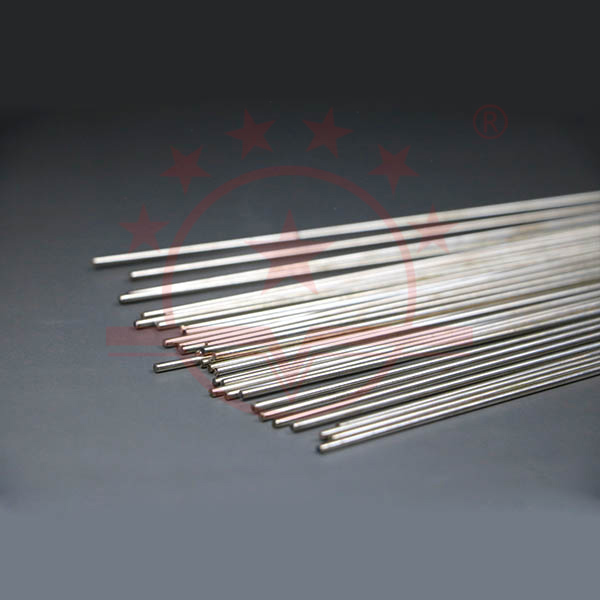Brazing refers to a welding method in which the solder and the weldment below the melting point of the weldment are simultaneously heated to the melting temperature of the solder, and the gap between the solid workpieces is filled with liquid solder to connect the metal. According to the melting point of the brazing material, brazing is divided into brazing and brazing. Brazing deformation is small, the joint is smooth and beautiful, suitable for high precision welding, complex parts and parts composed of different materials, such as honeycomb structure boards, turbine blades, hard alloy tools and printed circuit boards. Before soldering, the workpiece must be carefully treated and carefully cleaned to remove oil and excessively thick oxide film to ensure the gap between the interface components. The gap is usually required to be between 0.01 and 0.1 mm. Compared with fusion welding, the parent material does not melt during brazing, only the brazing material melts; compared with pressure welding, no pressure is applied to the weldment during brazing. The weld formed by brazing is called brazing. The filler metal used for brazing is called brazing metal. Brazing process: The workpieces with cleaned surfaces are assembled in an overlapping manner, and the brazing material is placed near the joint gap or between the joint gaps. When the workpiece and the brazing material are heated to a temperature slightly above the melting point of the brazing material, the brazing material melts (the workpiece is not melted) and is drawn into the gap between the solid workpieces and filled by capillary action, and the liquid brazing material and Workpiece metals diffuse and dissolve. After condensation, a brazed joint is formed.
 Silver Brazing Alloy
Silver Brazing Alloy 


















 sales@welding-material.com
sales@welding-material.com







